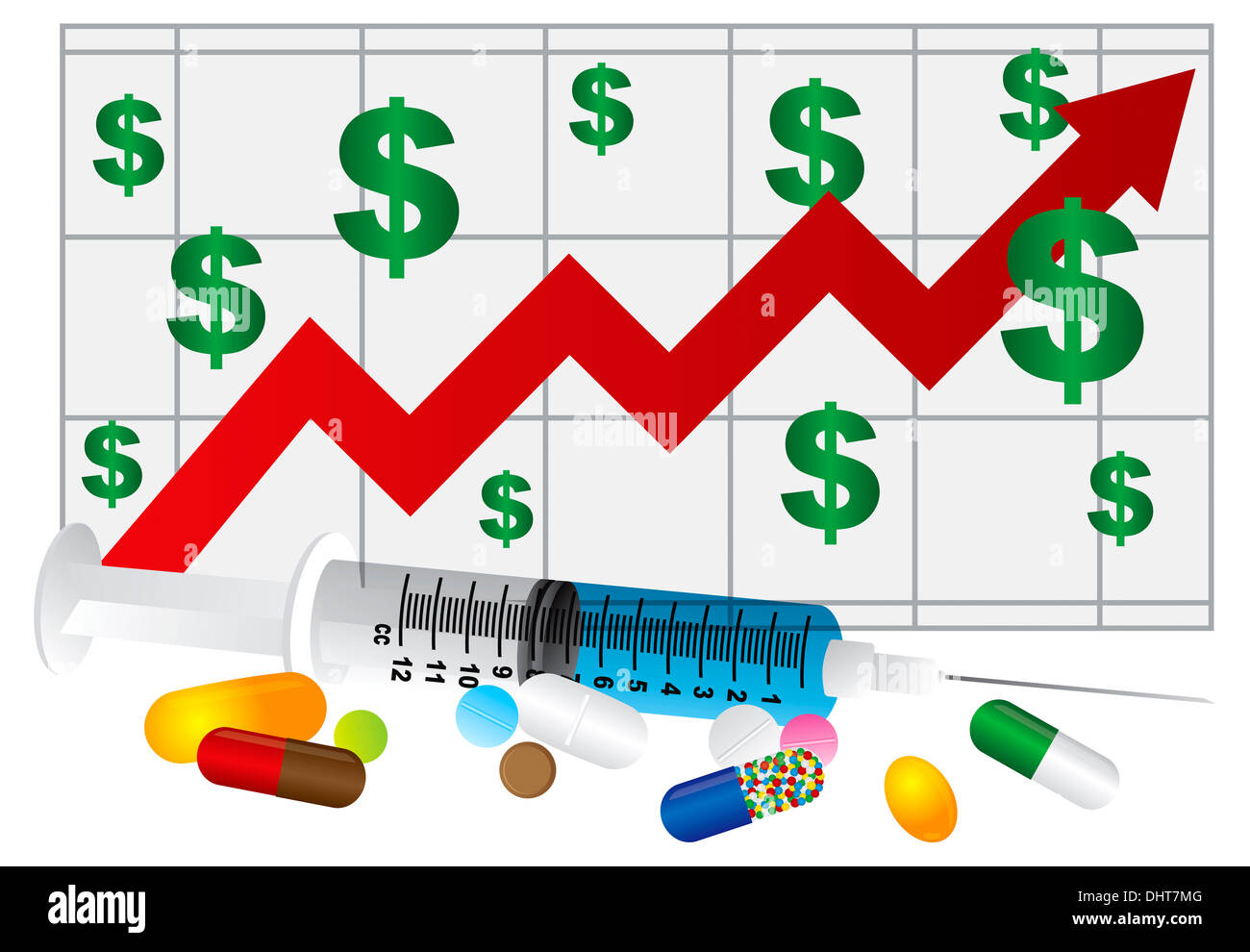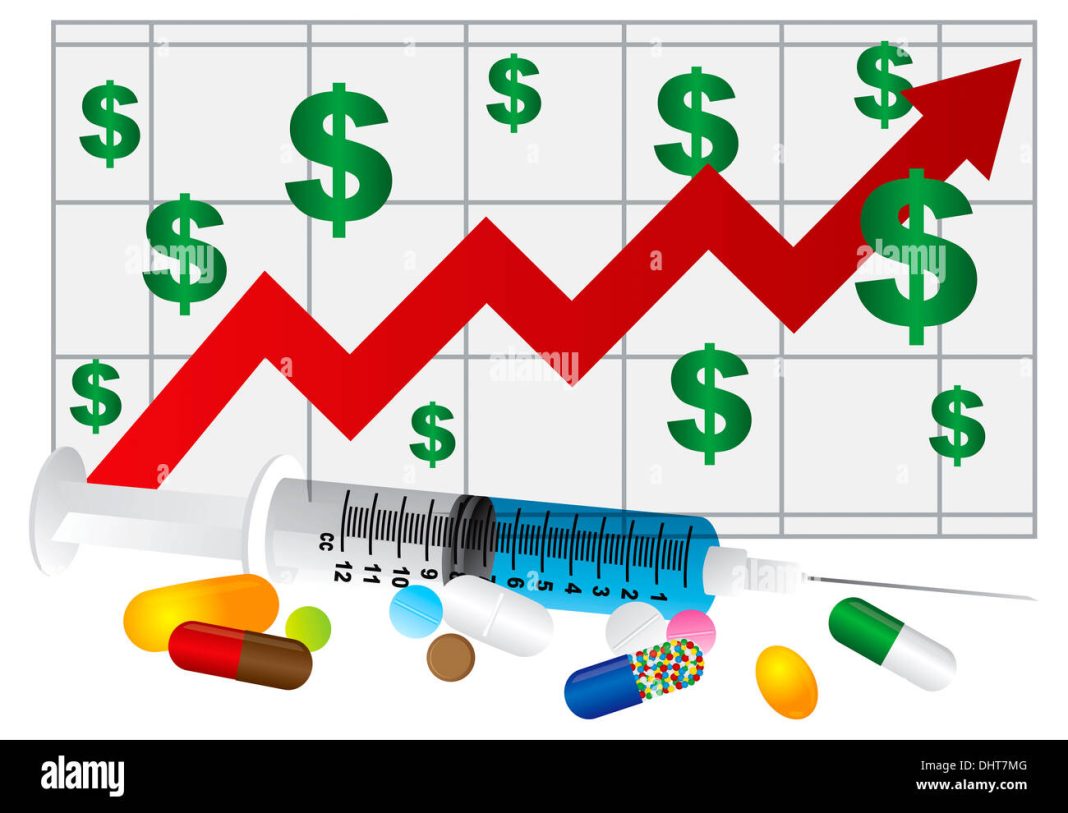 The rising cost of prescription medications in the United States is a major concern for consumers. According to data from GoodRx, the cost of prescription drugs has increased by 37% since 2014, far outpacing the rate of inflation. While the rate of price increases has slowed this year compared to previous years, the higher costs are still leading to higher out-of-pocket expenses for patients.
The rising cost of prescription medications in the United States is a major concern for consumers. According to data from GoodRx, the cost of prescription drugs has increased by 37% since 2014, far outpacing the rate of inflation. While the rate of price increases has slowed this year compared to previous years, the higher costs are still leading to higher out-of-pocket expenses for patients.
The average American now spends $16.26 out of pocket per prescription, which can be a significant burden for individuals with high deductible plans or those without insurance. Tori Marsh, the director of research at GoodRx, explains that when costs increase, they eventually trickle down to consumers. This is especially true for those who have high deductible plans or no insurance coverage, as they often find themselves paying substantially out of pocket.
One of the main reasons for the growing out-of-pocket expenses is the rise in copays, coinsurances, and deductibles. GoodRx found that over the past decade, the average person’s deductible has nearly doubled, and copays are increasing as more insurance plans add another tier of drugs with higher copays. This combination of high medication costs and reduced insurance coverage creates what GoodRx refers to as “the big pinch.”
Furthermore, GoodRx’s analysis of coverage for Medicare Part D plans between 2010 and 2024 reveals a significant drop in the portion of medications covered. During this period, the coverage for medications decreased by 19%. Marsh explains that the impact of rising costs and decreased coverage is threefold. Firstly, there is the burden of rising prices. Secondly, there is increased friction in accessing medications and pharmacies. Lastly, insurance coverage is not as comprehensive as it used to be.
The high cost of prescription drugs in the U.S. is not only a financial burden for individuals but also a significant disparity compared to other developed countries. On average, Americans pay two to three times more for prescription drugs than consumers in other developed countries, according to the White House. This stark difference in prices has caught the attention of President Joe Biden, who has made lowering out-of-pocket drug expenses a priority, especially as he approaches the 2024 election.
The Biden administration has already taken steps to address this issue. Recently, the White House announced that it would lower prices on 64 prescription drugs for some Medicare beneficiaries as a result of inflation penalties on drugmakers. These price reductions, effective during the third quarter, are expected to benefit approximately 750,000 people who rely on these drugs annually. Some individuals may even save up to $4,593 per day.
However, despite efforts from policymakers and industry leaders to improve affordability and accessibility, the actual out-of-pocket costs for patients are still increasing. GoodRx’s interim CEO, Scott Wagner, acknowledges that patients are often surprised by the high costs they have to bear.
In conclusion, the rising cost of prescription medications in the U.S. is a significant concern for consumers. The higher costs are leading to increased out-of-pocket expenses, particularly for those with high deductible plans or no insurance coverage. The combination of rising prices, decreased coverage, and increased friction in accessing medications is creating a challenging situation for patients. President Biden has made lowering out-of-pocket drug expenses a priority and has taken steps to address the issue. However, more needs to be done to alleviate the financial burden on patients and improve access to affordable medications.


